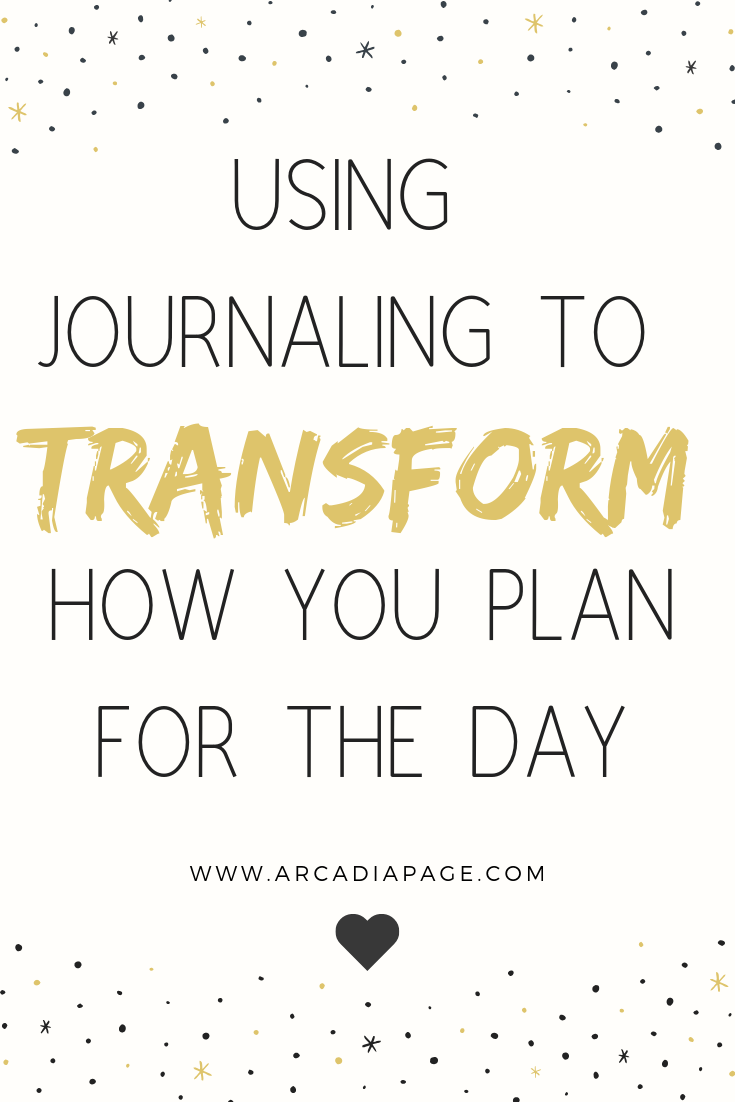Lately I came across an interesting planning technique from Cal Newport featured by MakeUseOf.com. Then I also read this good but short article on his blog about using plain text planning. Feeling inspired, I took this method and revamped it for daily life use, and it's been very useful.
So if you're ready to infuse your planner with the benefits of journaling, here are some steps to take.
Step One: Free-write about your goals and events for the year
I know the year is almost half-way over, but that doesn't mean it's too late to achieve anything. Pull out a paper and write about your goals for the rest of this year. Also write about events that you're looking forward to.
When writing about your year, write freely. Write in prose. Write in lists if you feel like you need to do that too. Make doodles. Just let out of your mind all that you want accomplish for the year, why you want to accomplish it, and how you feel about it. Don't stop writing. Use as much paper as you need.
Step Two: Free-write about your goals, events and tasks for the month.
You can do this at anytime of the month, but I've found that doing this at the start of a new month has a lot of impact.
Free-write about your month just like you did when writing about your hopes for the year. Mention how you feel and take note of what's working and what's not working. It may help to re-read what you wrote about your goals for the year before writing.
After writing about your month, re-read what you wrote. Copy any time sensitive events or tasks to your calendar.
Step Three: Free write about your tasks and goals for the week.
At the start of every week, free-write about your tasks and goals for the week, keeping what you wrote for the month in mind.
I've found that doing this has helped me to put all of the stuff that I need to in perspective. After I write about what needs to be addressed in my life for the week, I assign the tasks that I wrote about to specific days on my calendar.
Step Four: Free write about your intentions for the day.
Start the day by free-writing about what you want to accomplish for the day and what needs to get done. It's helpful to also keep in mind your goals for the week.
When I do this, I try to keep what I write about my day short, from one paragraph to one side of a page.
I also summarize what I wrote by creating a short to-do list at the end.
By mid-week, often I find myself writing about what's not working and noting obstacles and interruptions. I may rewrite and sketch how I plan to fit my tasks into the rest of the week. Sometimes I draw a little timeline of the days left in the week and use it to rearrange my tasks.
I like this because it enables me to readjust my goals for the week easily, and I feel more satisfied with what I get done.
What I Like about this Method
It's flexible in form & inexpensive
It's flexible with plans. Writing about what I want to do for the week and then seeing how that aligns with my life daily enables me to readjust my expectations quickly.
This is also a good way to handle that day when you realize that the week is almost over, and there are bunch tasks you need to do but haven't started yet. I can let it all out of my mind–what I need to do and my emotions about it. Often, many tasks I can postpone until the next week. Then I make a plan, pulling myself out of panic mode.
Big View to Daily View. As an INFP, I tend to think in big sweeping goals. Making goals for the year is easy. Figuring out how to translate those goals from month to month and week to week–not so easy. But this way of journaling makes it simple to break down big goals, tasks, and dreams into daily actions.
I found this so helpful that I decided to add the refections I've shared here to my book, Thoughtful Planning:How to Use Questions for Self-reflection to Design Your Day..
I found this so helpful that I decided to add the refections I've shared here to my book, Thoughtful Planning:How to Use Questions for Self-reflection to Design Your Day..
